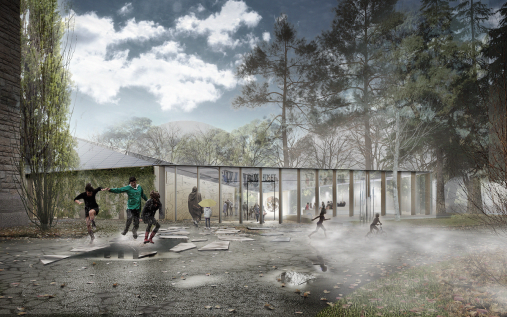The aim of the research and modelling in this project is to improve the representation of high latitude ecosystems and their climate interactions in climate models.
Read the popular scientific presentation of EMERALD in English or Norwegian on these web pages.
Climate change is impacting the high latitudes faster and stronger than any other region of the Earth. A warmer climate is already thawing permafrost, reducing snow cover, and increasing precipitation and evapotranspiration. But it also leads to widespread ecosystem changes and enhanced methane and CO2 emissions. These changes influence the interaction between the land surface and the atmosphere, especially fluxes of water, energy and carbon (C).

It is increasingly clear that climate projections do not capture the complex chain of processes that lead to environmental impacts. The land model of NorESM, the Community Land Model (CLM) is among the state-of-the-art models in depicting the biophysical and biochemical processes of the snow/ice-soil-plant-atmosphere continuum. Yet, most of the underlying processes are parameterised using data from tropical and temperate ecosystems, while a validation for boreal and arctic ecosystems is still lacking. Earth System Models (ESMs) have been found to overestimate vegetation cover in cold regions. Similarly, several land-surface schemes underestimate water use efficiency and carbon uptake by vegetation.

Predicting the impacts of climate change, e.g. large-scale ecosystem changes, lags behind climate modelling. There is often a mismatch in space and time between climate change projections and the observed changes. This suggests that we lack the variables needed to accurately estimate ecosystem changes. This effort requires interdisciplinary research. Ecosystem models and their associated data tend to be discipline-specific, limiting model advances. We have a good understanding of many processes, interactions and feedbacks in the earth system. Yet the representation of biophysical processes in the biosphere, pedosphere and hydrosphere, and land–atmosphere fluxes remain a modelling challenge.
More details about the project:
Information about us:
- EMERALD on web: www.mn.uio.no/emerald
- Follow us on Twitter – EmeraldNorway
